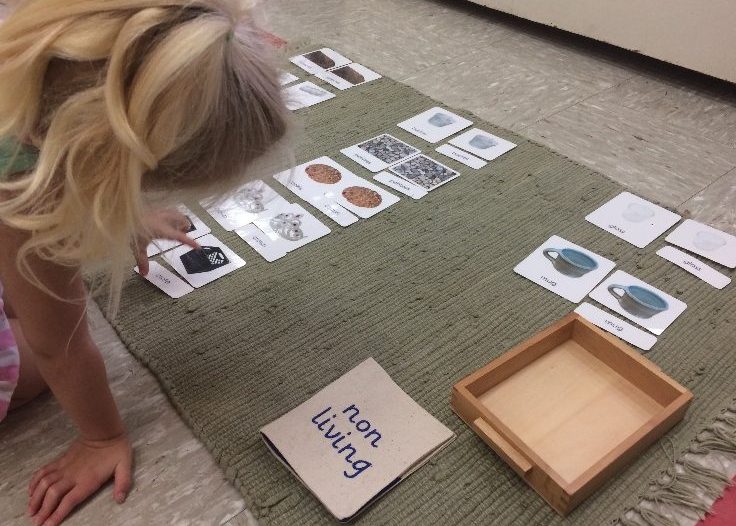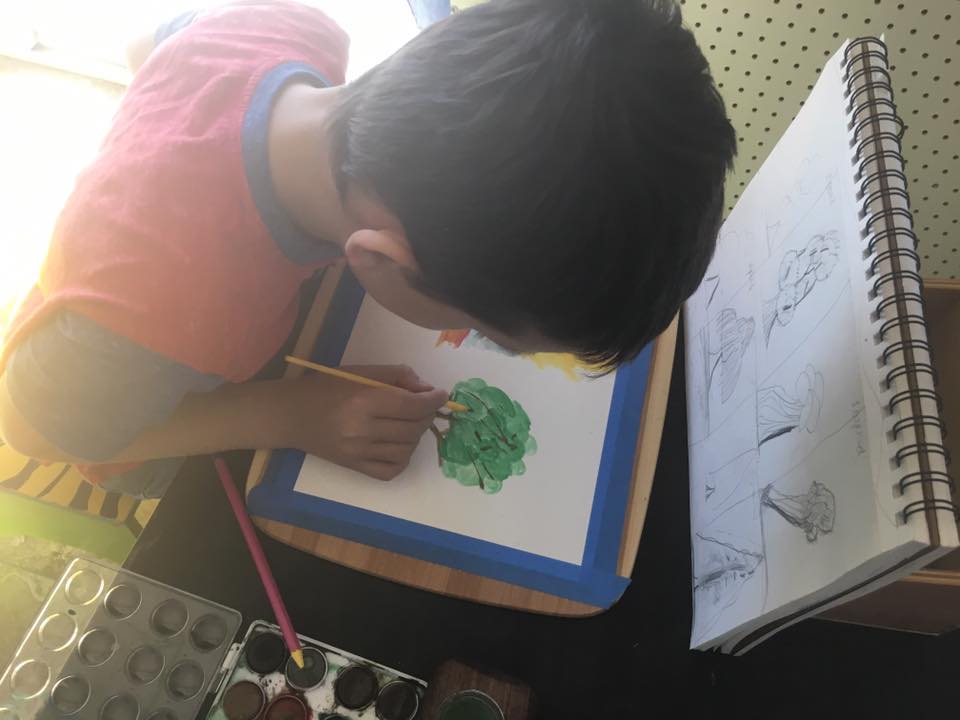Watch Carefully
It’s a new calendar year and this is the mid-way point for our school year. This is one of the times that I like to spend time really reevaluating our learning environment.
We are homeschooling our children, and I love it. But I haven’t always been a homeschooler. Before my children were born, I was fortunate to study and work in a Montessori school. And one of the most important lessons I learned as a Montessori guide was the power of observing the children.
Before you add anything beyond the basics to your classroom, I urge you to take a note from Maria Montessori and spend some time really getting to know what makes them tick. If you are a homeschooler like me, you’re probably thinking that you already know your children like the back of your hand. But if you take some time to quietly watch them, and take notes, you may be surprised!
Watch for This
Ask yourself what they are most excited about. Don’t just think about which subject areas they love, but focus on which parts of that subject excite them. What do they struggle with, and why?

And one other thing. Take the advice of Dr. Montessori herself and be as silent and still as possible while you observe. Don’t let the children know what you are doing, and don’t interrupt them. Now is not the time to help or correct them, just watch carefully. Unless they are in danger, stand down!
If you have smaller children get down on your knees and observe the learning environment from their perspective. Your goal is to make your space as easy for them independently access as possible. That may mean adding step stools or placing dishes on a lower shelf in the kitchen, for example. How about adding a hamper that they can carry to the washing machine themselves?
After you have spent at least a week on this careful study, sit down with your notes and start to brainstorm about how to create a rich environment that will spark their enthusiasm for learning. Then, carefully prepare the learning space in a way that is easy for them to navigate.
Your time observing is by no means finished. Continue to watch the way that your children interact with their learning environment and make adjustments accordingly. I keep a notebook in my apron pocket to jot down notes for myself. You could use a smart phone of course, as long as it doesn’t distract your children!

Tidy space
One of the hallmarks of a Montessori learning environment is its tidiness. To the casual observer it can appear cold, almost sterile. However it has a purpose, which is to prevent distraction and draw attention to the beautiful materials. Observe your children carefully and you will be able to tell if you need to remove some distracting items from your space as well. But keep in mind that your home doesn’t need to look like a Montessori school. Trying to perfectly emulate a school environment is neither practical nor optimal for homeschooling families.
I can tell you that our classroom at home is much different from the classroom that I previously worked in, but a home environment has advantages as well. Observe your children, and you will soon discover what works best for them!
